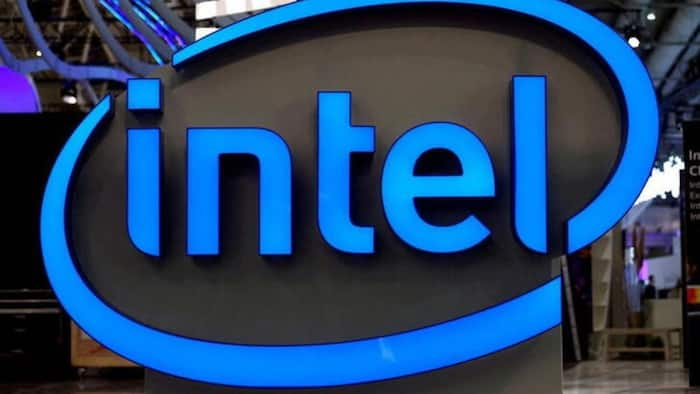
Written By Priya Singh
Published By: Priya Singh | Published: Feb 28, 2023, 04:48 PM (IST)


Chip maker Intel has launched the 4th Gen Xeon Scalable processors with vRAN Boost, delivering two times the capacity gains and up to an additional 20 percent power savings with integrated acceleration, meeting critical performance, scaling and energy efficiency requirements at Mobile World Congress (MWC) 2023 in Barcelona. Also Read: HP Omen 16 (2025) Gaming Laptop Debuts In India With RTX 5070 Ti GPU, 240Hz Display: Price, Specs, Features
The company also announced the Intel Infrastructure Power Manager for 5G core reference software, providing a 30 percent average run-time CPU power savings. Also Read: Why Donald Trump Asks For Intel CEO Lip-Bu Tan’s Resignation? Explained
“The advancements we’ve made in our 4th Gen Intel Xeon platforms to double vRAN performance while staying within the same power envelope, to nearly doubling the 5G core UPF throughput, and to speed the deployment of a wide range of network, security and enterprise edge services, makes Intel the platform for our customers to modernise and monetise their networks of the future, today,” Sachin Katti, Intel senior vice president and general manager of the Network and Edge Group, said in a statement. Also Read: Acer Swift Lite 14 AI PC Launched With Intel Core Ultra 5 CPU, Price Starts At Rs 62,999: Check Specs, Features
With the combination of processing innovations and feature integration, Intel expects 4th Gen Xeon Scalable processors with Intel vRAN Boost will match or better the performance-per-watt of the best Layer 1 SoC accelerator cards in the market today, while delivering the benefits of software-defined, virtualised networks, said the company.
Moreover, the new Intel Infrastructure Power Manager for 5G Core reference software dynamically matches run-time server power consumption with data traffic without compromising key performance indicators such as throughput, latency and packet drop.
Intel’s hardware and software solutions will enable 5G core networks to work harder and smarter at achieving a balance between critical business and customer requirements for power efficiency, performance and latency, the company mentioned.
–IANS